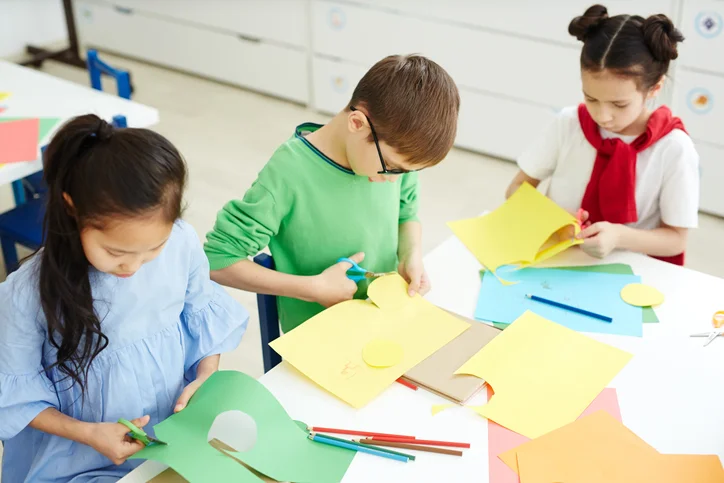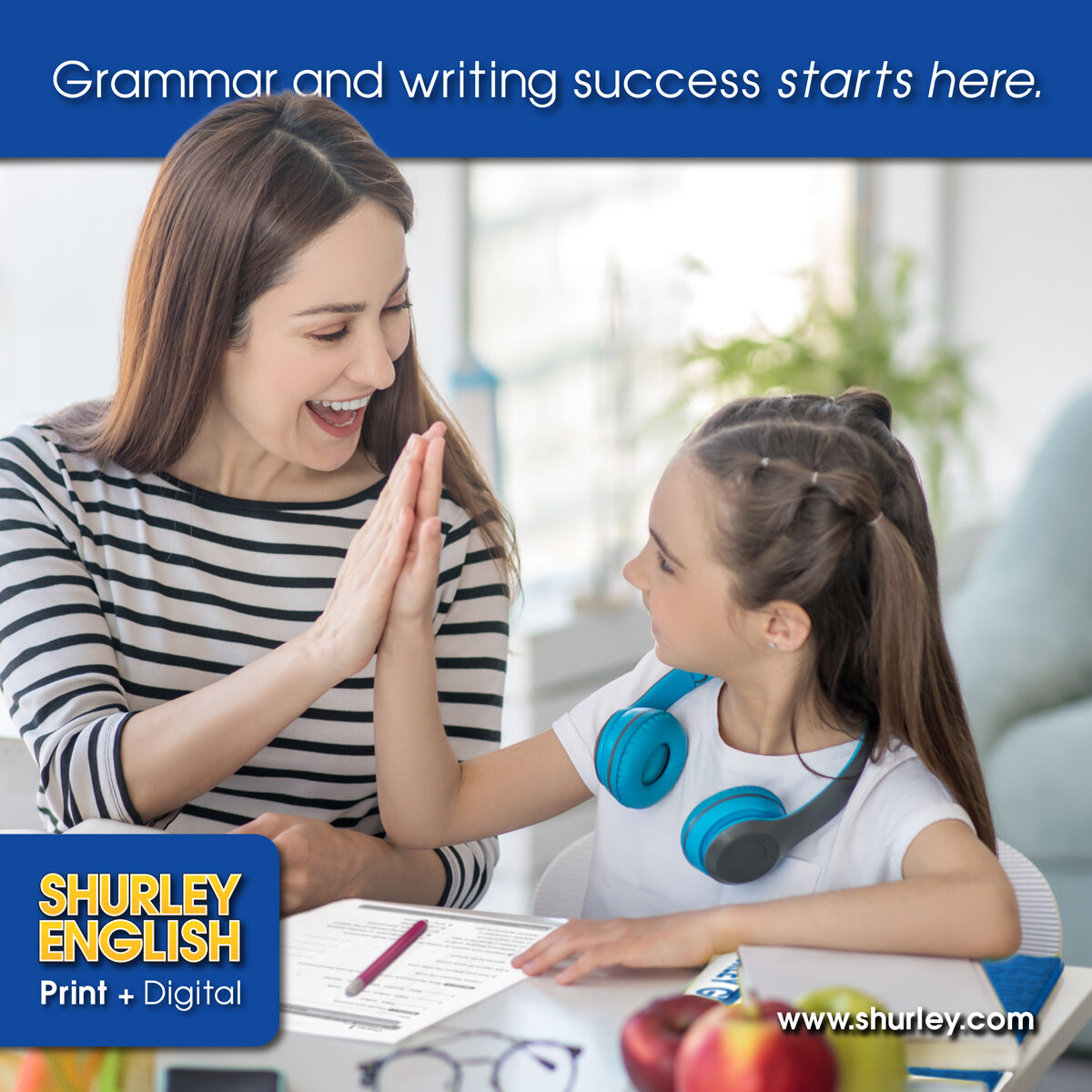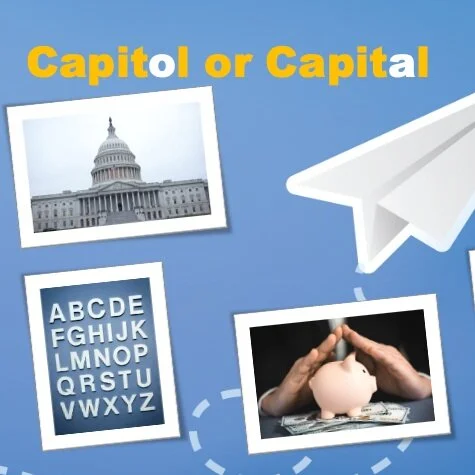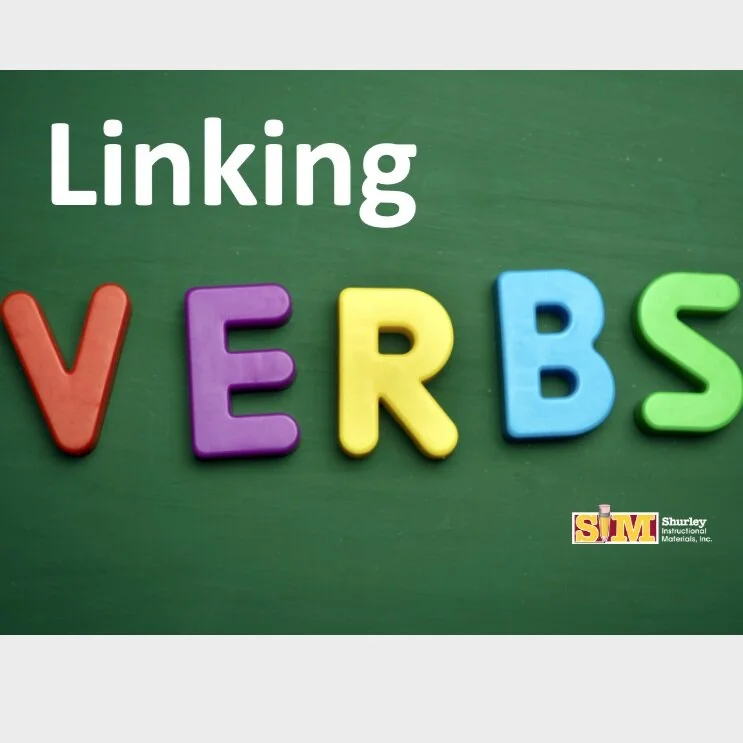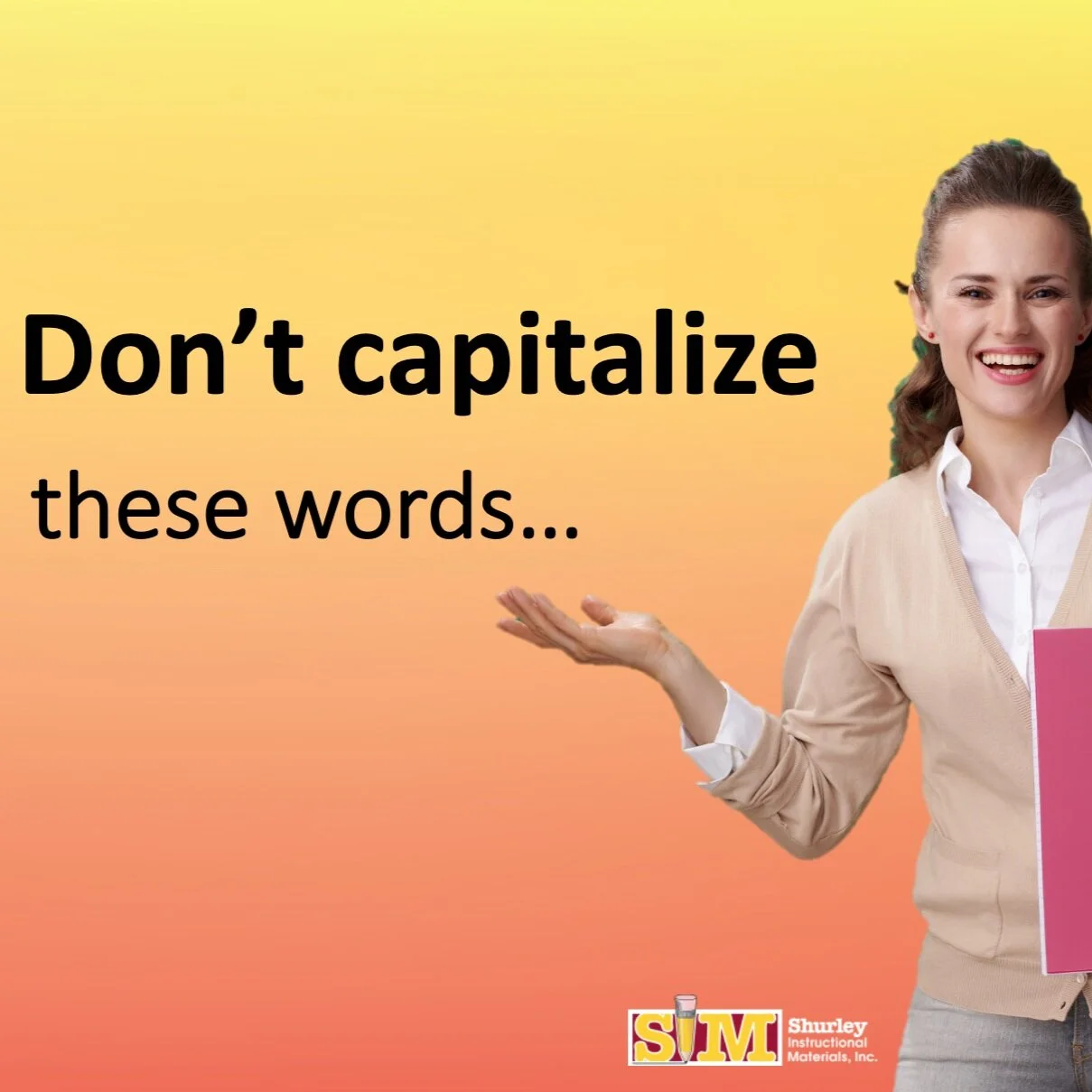Are you ready for a fun, easy, and FREE way to teach the eight parts of speech and other key language arts skills? Let us introduce you to Shurley English Jingles! Using domain-specific language, our definitions for the parts of speech and many other important language arts concepts incorporate rhythm, rhyme, and movement. Jingles provide the tools for critical thinking during sentence analysis and writing.
Our multi-sensory approach provides an active, hands-on learning environment in which kids truly understand and retain language arts skills for a lifetime. (We’ve said it before, and we’ll say it again. Jingles are an extremely effective way to learn information!) We invite you to incorporate Jingle Time into your ELA studies today! Getting started is easy…
Read More





